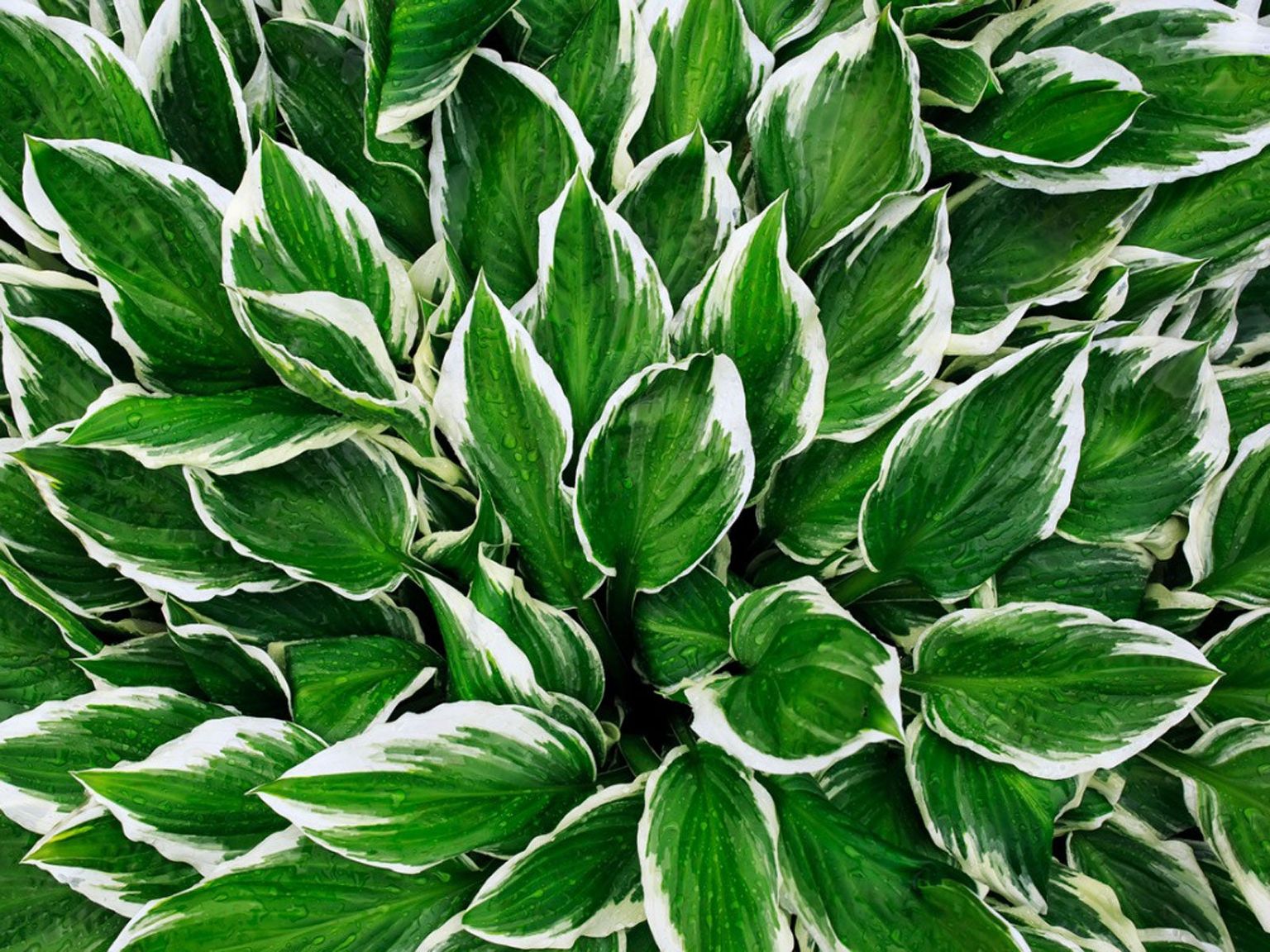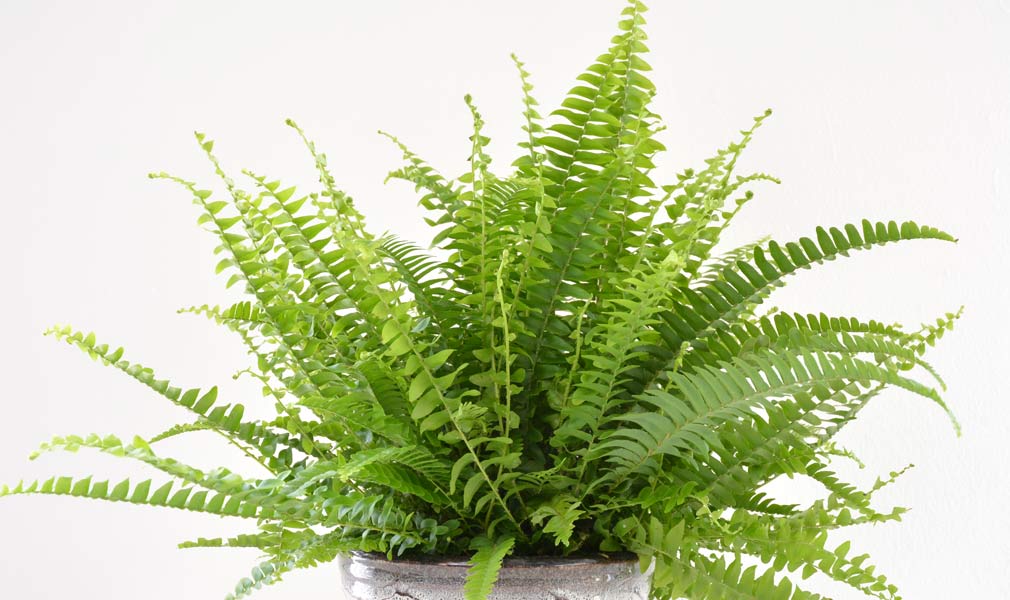How To Grow And Care For A Coneflower Plant
Growing wild nursery has provided us with a stunning image of a Purple Coneflower in full bloom. This beautiful plant is native to North America and is often found in prairies and open woodlands. With its striking appearance and numerous medicinal benefits, the Purple Coneflower is a must-have addition to any garden. Below, we will explore the various Plant Attributes, Plant Care, Pruning, Propagation, Potting & Repotting, and provide you with tips to deal with Commons Pests & Plant Disease and Common Problems. Plant Attributes The Purple Coneflower belongs to the family Asteraceae and is known by its scientific name, Echinacea purpurea. This herbaceous perennial typically grows up to 1.5 meters tall and has a spread of up to 90 centimeters. The leaves are dark green and have a coarse texture. The stems are sturdy and branch out, producing numerous flowers that bloom from early to mid-summer. The flowers of the Purple Coneflower are striking in appearance, with bright pink petals arranged around a brown, spiky center. They can reach a size of up to 10 centimeters across and can last for several weeks. These flowers are also an excellent source of nectar for numerous pollinators, including butterflies, bees, and hummingbirds. Plant Care The Purple Coneflower is an easy-to-care-for plant that will thrive in most types of soil, although it prefers moist, well-draining soils. This plant is also quite hardy and can survive in both full sun and partial shade. To care for your Purple Coneflower, water it regularly during the growing season and cut back on watering during the winter months. You should also fertilize it once a year using a balanced fertilizer. Pruning The Purple Coneflower does not require much pruning, except for the removal of spent flowers. This will help to promote new growth and ensure that the plant continues to bloom through the summer months. You can also prune back the foliage in the fall to encourage the plant to go dormant. Propagation The Purple Coneflower can be propagated through both seeds and division. Seeds should be sown in the spring, while division should be performed in the early spring or fall. To divide the plant, dig it out of the ground and separate the root ball into smaller sections. Replant the smaller sections, and water well until established. Potting & Repotting While the Purple Coneflower is typically grown in the ground, it can also be grown in containers. When potting, choose a container that is at least 30 centimeters in diameter and fill it with high-quality potting soil. Be sure to water the plant regularly and fertilize it once a year. Common Pests & Plant Disease The Purple Coneflower is relatively resistant to pests and disease. However, it can occasionally be affected by spider mites, aphids, and powdery mildew. To prevent these issues, ensure that your plant is grown in a location with good air circulation and is not overcrowded. Common Problems One of the most common problems with the Purple Coneflower is root rot. This typically occurs when the plant is grown in soils that are too wet or poorly drained. To prevent this issue, ensure that your plant is grown in well-draining soils and water it appropriately. Another common issue with the Purple Coneflower is overfertilization. This can cause the plant to become too lush and weak, making it more susceptible to pests and disease. To prevent this issue, fertilize your plant only once a year, using a balanced fertilizer. In conclusion, the Purple Coneflower is a stunning plant that is both easy-to-care-for and highly beneficial. With its striking appearance and numerous medicinal properties, it is an excellent addition to any garden. By following the tips outlined above, you can ensure that your Purple Coneflower thrives for years to come. 


www.growingwildnursery.com
www.installitdirect.com
worldoffloweringplants.com




Post a Comment for "How To Grow And Care For A Coneflower Plant"